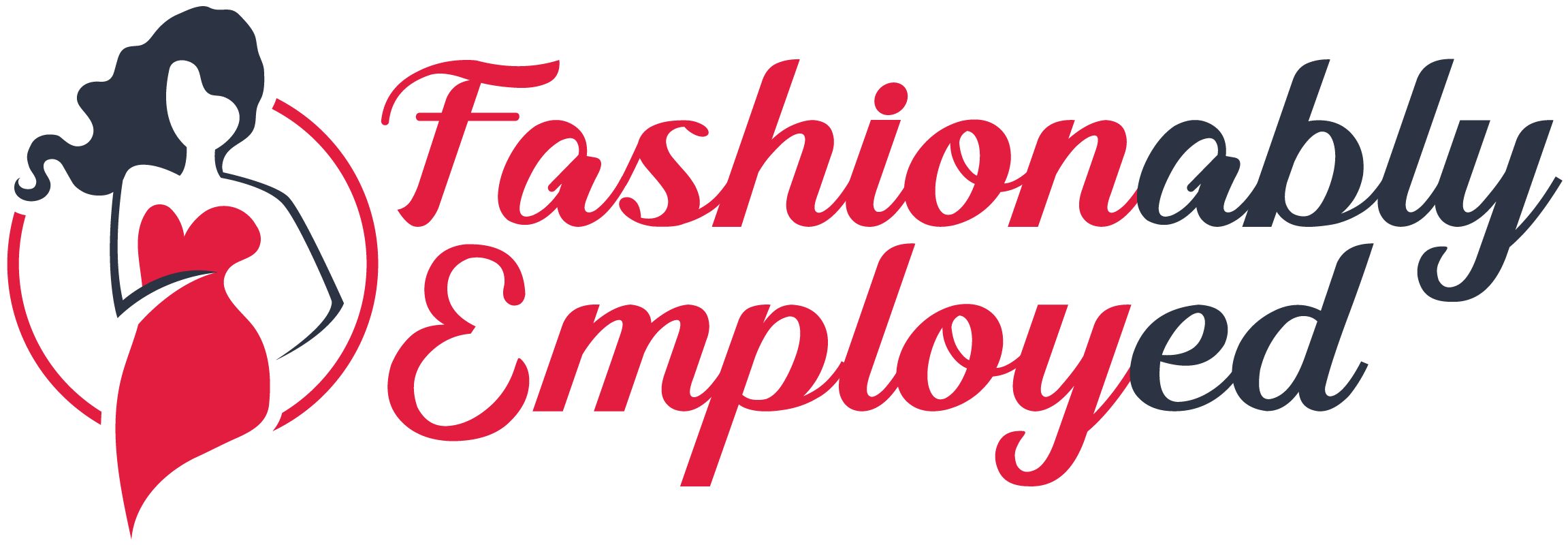Have you ever found yourself questioning the cost of something based on the assumption that the seller didn’t pay much to produce it? Most of us have. For example, you might know from your own experience that you can brew coffee at home for about $.15 per cup. Every time you pay $3.99 at the coffee shop, you feel like you’re getting ripped off.
You may very well be. But what you are not considering is markup. What is markup? It is the difference between wholesale and retail pricing. Yet not everything that constitutes markup equals profit. There are costs to cover.
How Markup Works
Markup and margin are two business terms that are often confused. Markup is the difference between the cost of goods sold and the revenue they generate. Let’s say you purchased a pair of wholesale sunglasses for $2.39. You sell them at retail for $2.99. The difference of $.60 represents a markup of 25%.
Every business in the supply chain applies a markup. In terms of goods, manufacturers sell their products to distributors at a certain price. Those distributors turn around and sell to wholesalers at a higher price. The wholesalers raise the price when they sell to retailers. Finally, retailers hike the price even further.
In this scenario, you have three separate markups. Distributor, wholesaler, and retailer all mark up the price in order to cover their costs and make a profit. A similar scenario occurs in the service sector, although providers don’t mark up services per se. They mark up the cost of the supplies and equipment they utilize to provide service.
How Margin Works
Margin is distinctly different from markup in that it constitutes the amount of total revenue that constitutes profit. Returning to the sunglasses example, we determine margin by dividing profit by total revenue. Dividing $.60 by $2.99 returns a margin of 20%.
Why the five-percentage point difference between markup and margin? Markup accounts for your costs while margin does not.
Markup Doesn’t Tell the Whole Story
The lesson here is that markup doesn’t tell the whole story. It might cost your local coffee shop just $.15 to produce a single cup of coffee. But producing a single cup wouldn’t require a full staff, hundreds of dollars’ worth of coffee inventory, a storeroom full of cups and lids, etc.
All of those extra things cost money. The coffee shop has to employ a staff. It has to pay either rent or property taxes. The coffee shop has to buy coffee, creamer, and a bunch of other ingredients. All of those expenses have to be covered by the price you pay.
What is true for the coffee shop is true for every organization in the supply chain. That’s why manufacturers can produce plastic sunglasses for pennies while retailers sell them for a lot more. Now, it is true that markups can be higher when you’re talking big name brands.
Getting back to the sunglasses example, Olympic Eyewear is a wholesale distributor that sells off-brand sunglasses to U.S. retailers. Even if retailers mark them up by 100%, you are still going to pay less than you would for a top brand from Luxottica. Why? Because Luxottica brands support higher markups. People are willing to pay hundreds for Oakleys and Ray-Bans.
It is obvious that companies sell their products and services for more than they pay for them. But never forget the principles of markup and margin. The entire retail cost of a product or service isn’t profit. Part of the cost pays the expenses of each organization in the supply chain.








+ There are no comments
Add yours